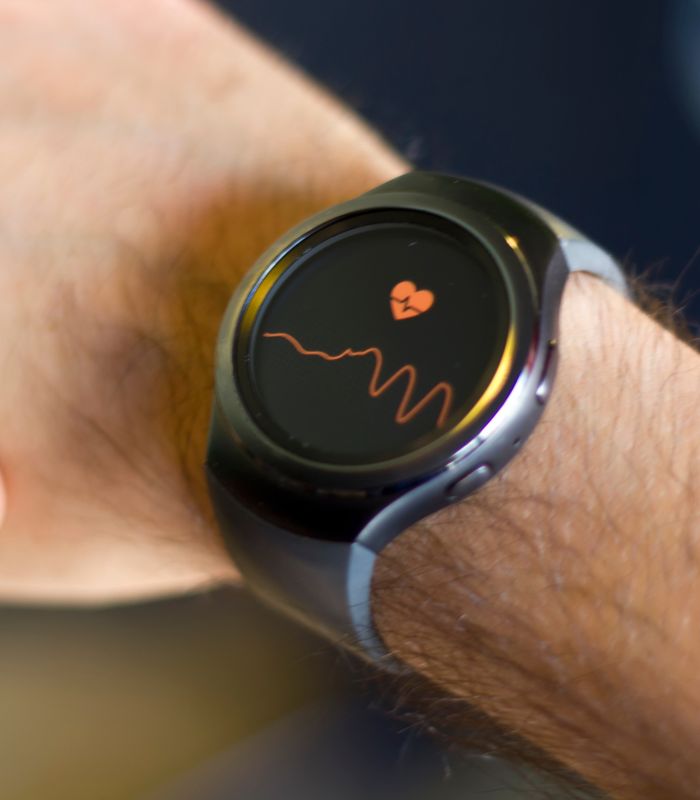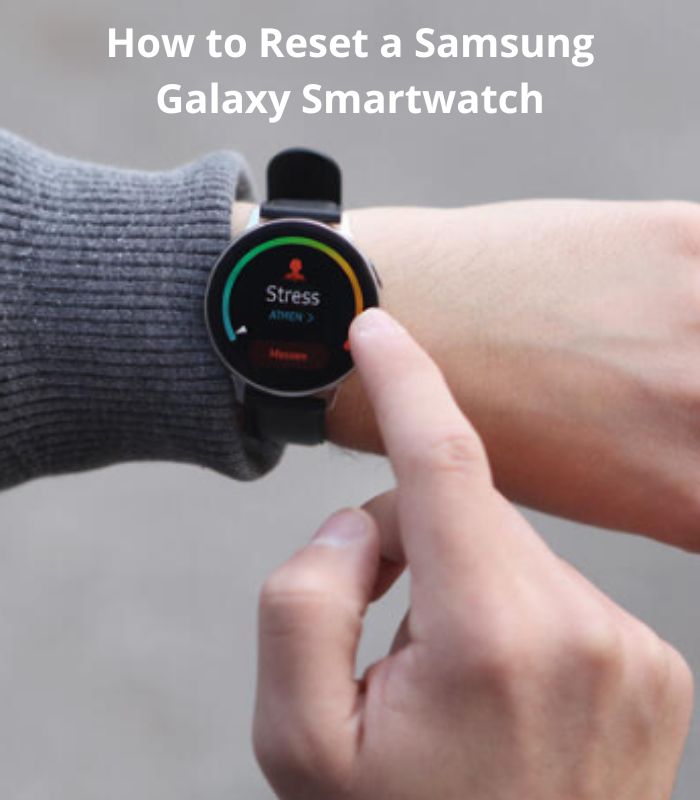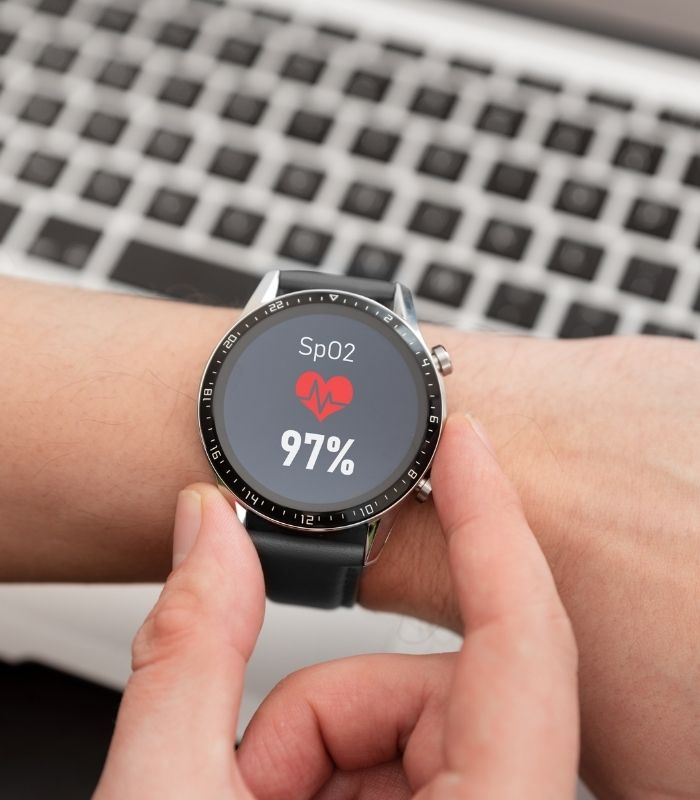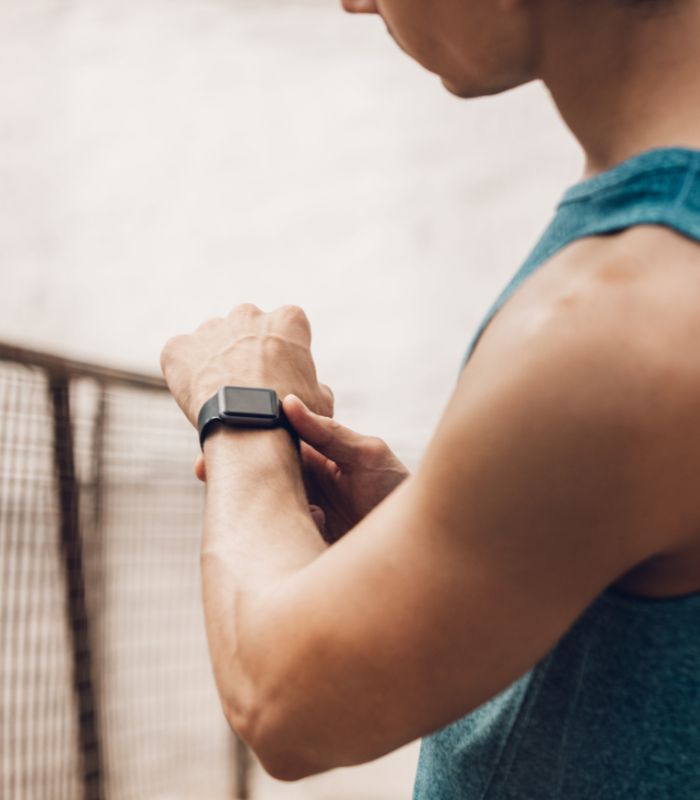How Smartwatch Measure Stress Level
People often wonder how smartwatches measure stress and how often our bodies are being monitored for stress with such a small device. Using a smartwatch as an example, we'll look at how stress levels can be gauged.
The heart, after all, is at the center of how most wearables assess stress. Heart rate monitors are used in devices like the Apple Watch, Samsung Galaxy Watch, and various Fitbit trackers, which provide continuous input on our heart rates (beats per minute).
Other methods of heart rate activity tracking have been created in recent years by wearable companies, which can unlock additional health and fitness data. Heart rate variability is the one that is most significant to this surge in stress monitoring.
The measurement of the time interval between heartbeats is known as heart rate variability (HRV). Unlike heart rate, which refers to the average number of heartbeats per minute, heart rate variability readings are more concerned with the heart's tiny changes.
What's important here is to figure out what's causing the oscillations. Age, body position, time of day, and current health status are all factors, but emotional, physical, and mental events can also influence heart rate variability.
It's generally thought that having a high heart rate variability is a desirable thing. A low HRV measurement can indicate that your body is under stress. Diabetes, heart disease, and high cholesterol are all medical conditions that are typically linked to people who have a low heart rate variability.
However, one assessment isn't enough to determine whether or not you're stressed.
Other health metrics like heart rate, sleep, and exercise activity are also taken into account to see how much stress has an impact on your body. Hope, by reading this article we clear now how a smartwatch measure stress.





